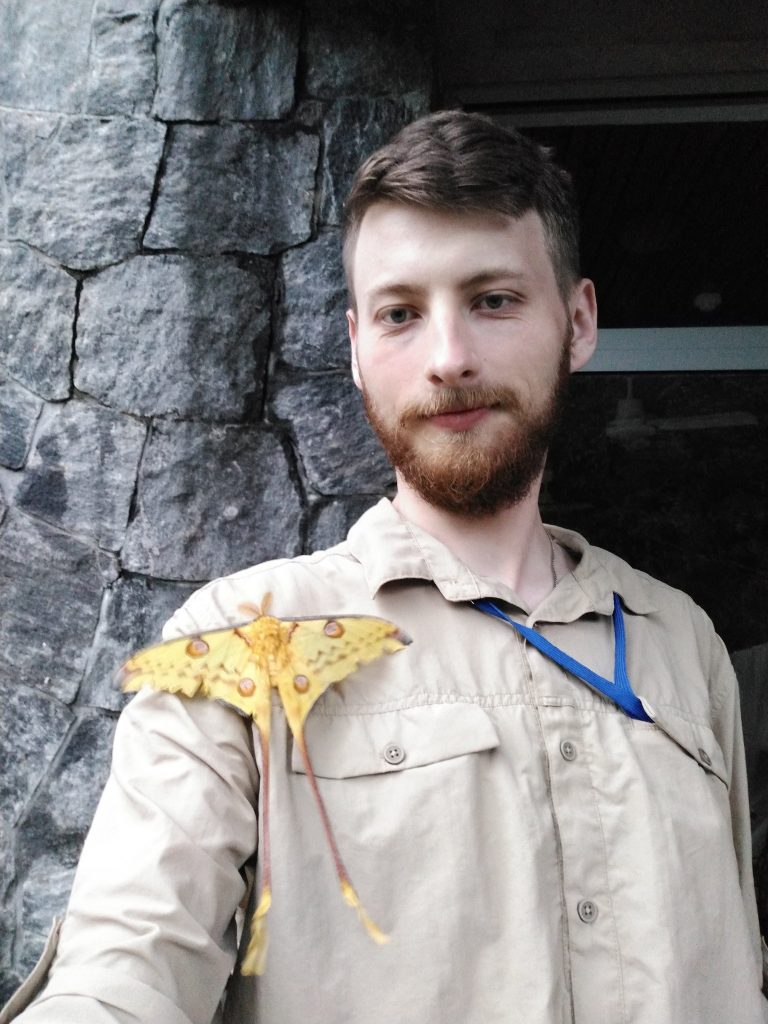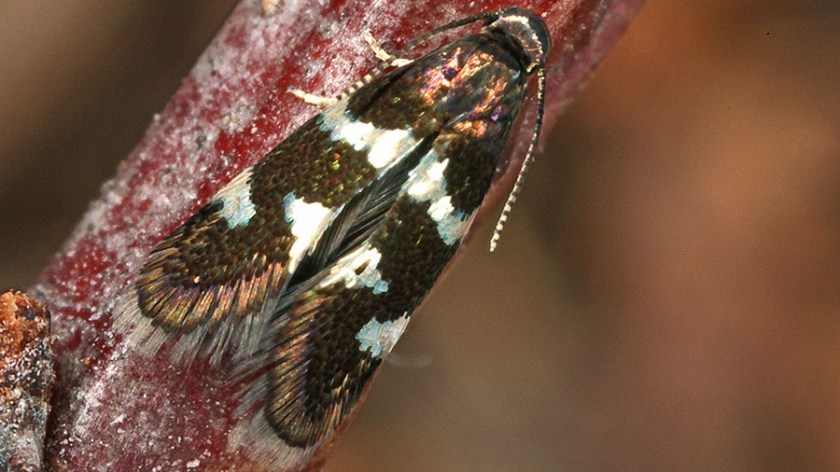Effective biodiversity conservation at the global level requires consolidated, streamlined and open scientific data to support it. This was the tenet at the heart of Living Data 2025, a conference unprecedented in its scale and ambition to foster a transcontinental dialogue on the past, present and future of research into the biosphere.

The event took place between 21 and 24 October in Bogotá, Colombia, and was made possible via an extensive collaboration between the biodiversity networks GBIF, TDWG, OBIS and GEO BON, with support from the Humboldt Institute.
With an audience spanning the globe and a four-day agenda reflecting the diversity of innovations and challenges to be addressed in this context, the scene was set for an inclusive and productive dialogue on biodiversity data.
For its part, Pensoft seized the opportunity to join this crucial forum. Represented by founder and CEO Prof. Lyubomir Penev, CTO Teodor Georgiev and Science Communication Expert Peter Bozakov, the open-access scholarly publisher and technology provider became an active participant in the programme as:

Еxhibitor on the conference floor
Pensoft’s representatives were front and centre at the event by virtue of a dedicated booth showcasing the company’s work in academic publishing and science communication, as well as FAIR biodiversity data innovation. A wide array of materials was available for researchers to browse through, reflecting a variety of scientific subjects and endeavours. The ensuing conversations reflected a shared commitment to a more ambitious biodiversity research landscape today and tomorrow, as the parties charted potential avenues for cooperation.

Sponsor of the Best Student Presentation award
Unwavering in its support for young scientists and early-career researchers, Pensoft also left a mark with its sponsorship of the most critically acclaimed student oral talk delivered at Living Data 2025. During the conference’s closing ceremony, Prof. Lyubomir Penev delivered the award to Mélisande Teng for her presentation, titled “A machine learning approach to species distribution modelling using remote sensing and citizen science data“. This distinction entitles her to a free publication in one of the journals in Pensoft’s extensive and exclusively open-access portfolio.

Co-organiser of a symposium
Last but not least, Pensoft drew on its experience across its multiple expertises to address some of the topical pillars of the event in its own symposium. The publisher and technology provider was joined in this effort by long-standing partners from LifeWatch ERIC (represented by its CEO Christos Arvanitidis) and the Naturalis Biodiversity Centre (represented by Niels Raes).
Together, they delivered two sessions sharing the title “Long Live Biodiversity Data: Knowledge Transfer and Continuity across Research Projects”. In that sense, the aim was to emphasise the importance of science results being repurposed and reused, finding new life beyond the endeavours that gave rise to them. The role of open data, targeted communication and clearly defined pathways to impact in decision-making was singled out as an essential aspect on the road to such long-lived outputs.
Both sessions attracted the attention of attendees, leading to proactive engagement with the topics in focus.
A number of ongoing projects and initiatives – where Pensoft has been involved as an active consortium partner – were in the spotlight, including Biodiversity Meets Data, B-Cubed, OneSTOP, BioAgora, FORSAID, WildPosh, IP4OS and GATE. Special mention was also afforded to SOLO and eLTER, as well as the concluded BiCKL, EuropaBON, HOMED and PoshBee.
Together with a number of other fellow projects, they provided inspiring testaments to the potential of results to grow beyond the vision they first emerged out of. Overall, the symposium brought together 16 abstracts with over 90 contributing authors, more than 20 initiatives and more than 30 affiliated institutions and organisations. The recordings of Session #1 and Session #2 are already available on YouTube.
Later this year, extended abstracts presented throughout the Living Data 2025 conference will be published in the open-access journal Biodiversity Information Standards and Science (BISS): the official scholarly outlet of TDWG launched in 2017 in partnership with long-term collaborator Pensoft. Initiated by a dedicated call from TDWG, this year’s extended abstracts collection will provide further insight into the perspectives, opportunities and issues discussed in the respective showcases.

All in all, the conference was a noteworthy milestone for the international biodiversity community – an exchange of views, results and opportunities at a broad geographical and multidisciplinary scale that is truly oriented towards tangible outcomes for the planet’s future. As ever, formats like these continue to be of great significance for Pensoft as it works to innovate the landscape of academic data management and scientific outreach across and beyond borders.
Relive highlights of the conference on Bluesky and LinkedIn using the hashtag #LivingData2025.
Did you know that three years ago Pensoft hosted the TDWG annual conference? Check out the highlights on our blog!










































































